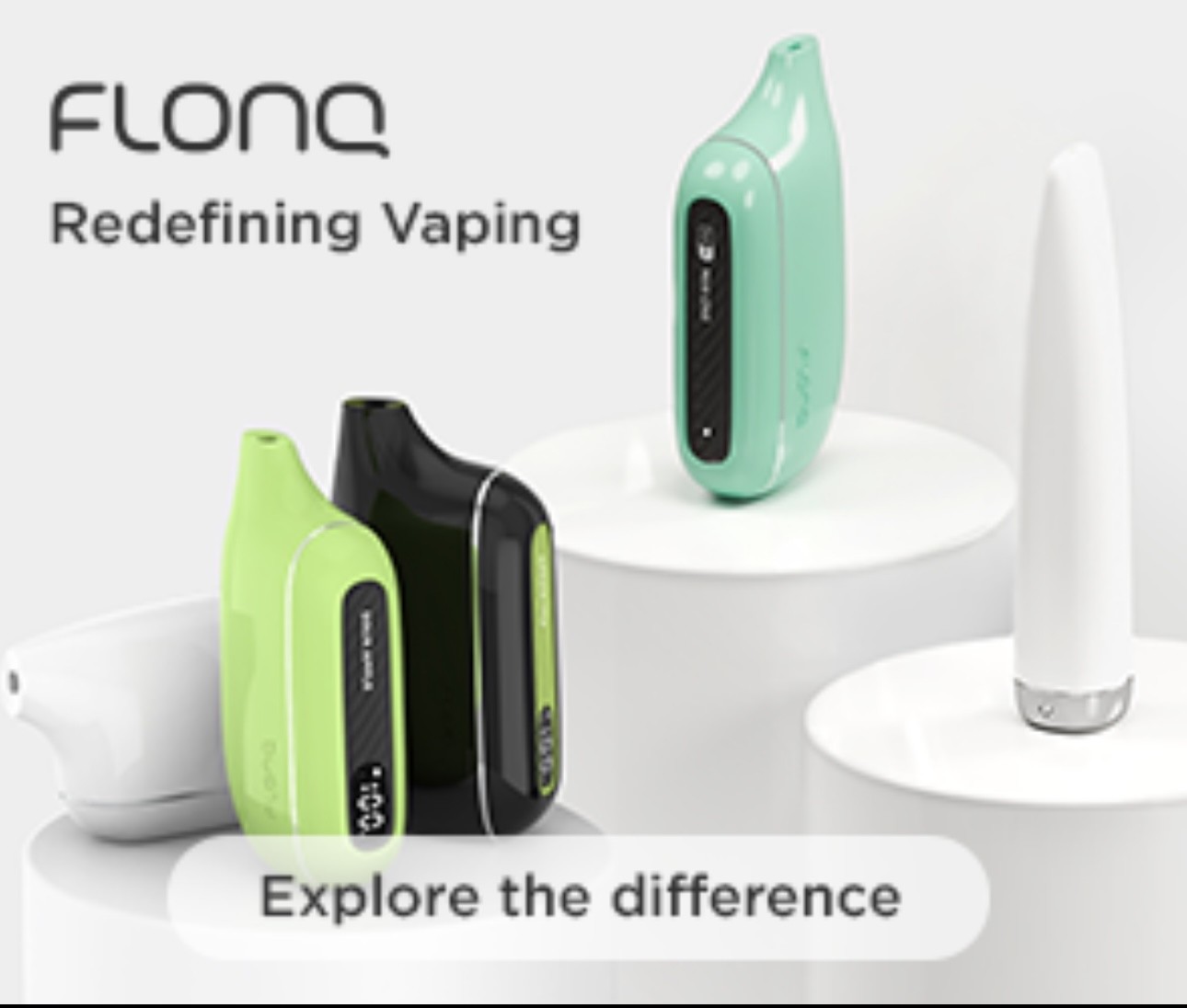Angle of Attack
- Regulation Smoking Cessation
- February 18, 2019
- 13 minutes read

Photo: Srdjan Randjelovic | Dreamstime.com
Billed as a public hearing on eliminating youth use of vapor products, the FDA’s free forum failed to deliver.
By Timothy S. Donahue
It was bad. The U.S. Food and Drug Administration’s (FDA) attempt at an unbiased hearing to discuss cessation methods for youth addicted to e-cigarettes and other tobacco products did not accomplish its goal. The Jan. 18 meeting, called the Public Hearing on Eliminating Youth Use of Electronic Cigarette and Other Tobacco Product Use: The Role for Drug Therapies, was little more than an attack on the vapor industry that continued to propagate misconceptions.
The meeting opened with a speech by FDA Commissioner Scott Gottlieb, who told attendees that the focus of the gathering was the potential role that drug therapies may play in the broader effort to eliminate e-cigarette and other tobacco product use among young people as well as the appropriate methods for evaluating such therapies.
Gottlieb said the hearing was in response to statistics from the National Youth Tobacco Survey (NYTS) released by the FDA and U.S. Centers for Disease Control and Prevention (CDC) showing that more than 3.6 million middle school and high school students were current (past 30 days) e-cigarette users in 2018—an increase of more than 1.5 million students since 2017. He also said that the survey showed youth who use e-cigarettes are also using flavored products more often than last year.
“This past November, the [CDC] reported that smoking rates among adults reached an all-time low in 2017; 14 percent of adults reported cigarette smoking ‘every day’ or ‘some days,’ marking a 67 percent decrease since 1965,” he said. “Sadly, this progress is being undercut—even eclipsed—by the recent dramatic rise in youth vaping. A few years ago, it would have been incredible to me that we’d be here discussing the potential for drug therapy to help addicted youth vapers quit nicotine.”
There is a large body of research on adult smoking cessation; however, the methods to treat adolescents and teens who are addicted to vaping are not well understood, according to Gottlieb. “There is little information about how drug or behavioral interventions might support youth e-cigarette cessation as well as youth tobacco use more generally,” he said. “The data and other information presented at today’s hearing will be vitally important to helping the FDA and other stakeholders begin to address these information gaps.” The data never came.
The first speaker, Bonnie Halpern-Felsher, a professor of pediatrics at Stanford University, was one of the only speakers to even mention nicotine-replacement therapies (NRTs) for youth. She said that there are currently no approved NRTs for youth. “Therefore, there is no evidence of their effectiveness when used off label,” she said. “Clearly, we need much more research … we need some evidence, so that’s the first thing we need to consider.”
She then added that there are additional “pharmacological events” to consider, going as far as calling on the FDA to ban all flavors in vapor products and claiming there is no evidence that flavored vapor products help adult smokers quit. Speaking to a five-member panel, as well as attendees, Halpern-Felsher also said the FDA needed to stop companies from saying vapor products in general help adults quit smoking combustible cigarettes when “there is no clear evidence that is the case, and, instead, it’s just attracting young people.” Of course, the FDA already bans vapor companies from making cessation claims.
The claims made by Halpern-Felsher contradicted the statements made by Gottlieb moments earlier. Gottlieb told attendees that he believes e-cigarettes present an important opportunity for adult smokers to transition off of combustible products and onto nicotine-delivery products that may not have the same level of risk associated with them.
“The FDA’s plan was founded on the principle that what primarily causes the death and disease from tobacco use isn’t the nicotine in these products but rather the harmful chemicals associated with cigarette combustion,” he said. “But we also know that nicotine isn’t a benign substance. We know that initiation to and addiction to nicotine by neversmokers—predominantly youth and young adults—raises its own set of public health concerns.”
Halpern-Felsher also asked the FDA to eliminate all ads for all flavors and ban companies from saying e-cigarettes are safe or safer (also banned by the FDA). “We all hoped that to be true [that e-cigarettes help adult smokers quit smoking combustible cigarettes], but the evidence isn’t playing out …. In most of the [cases] when adults were using electronic cigarettes, they tend to not be able to quit smoking and, if anything, tend to use both cigarettes and e-cigarettes, therefore increasing the amount of nicotine they are using,” said Halpern-Felsher, who provided no evidence to support her claims.
Susan Tanski, speaking for the American Academy of Pediatrics, reiterated that there is no data available for NRTs for youth use. She called on the FDA to quickly fund studies to better understand adolescent e-cigarette addiction, while also quickly identifying effective interventions for this population of e-cigarette users. “Indeed, the very issue of nicotine dependence and adolescent e-cigarette use is also likely to be a challenge, and researchers may need support in measuring dependency in a consistent way,” she said. “There have not been any trials for e-cigarette cessation with NRTs.”
Oddly, Tanski also stated that improvements to current NRT products, “such as changes to flavors that make them more palatable to youth, may help improve” compliance and effectiveness. Ironically, she also supported a ban on flavors in vapor products.
Another speaker explained how it was wrong for Gottlieb to say things, such as vaping is safer than smoking, while vapor companies could not make the claim. Lauren Lempert, a researcher with the University of California San Francisco’s Center for Tobacco Control Research and Education, said that “the FDA’s own statements characterizing e-cigarettes as less harmful nicotine-delivery devices have been misunderstood by kids to suggest that e-cigarettes” would help them stop smoking combustible cigarettes.
“The less harmful claims made [by] the FDA have not been substantiated. In fact, if e-cigarette companies made these very same claims, they would be illegal,” she said. “The problem is these companies have been repeating them in their ads … messages that say something is for adults only actually have the reverse effect of attracting youth and do more harm than good.”
Lempert called for the removal of all e-cigarettes from the market that have not survived the premarket tobacco product application (PMTA) process (which would mean all e-cigarettes), a ban of all flavors of e-liquids, the prohibition of all internet sales (because “evidence has shown there is no age-verification scheme that is effective”), a ban of cessation claims from all companies and the prohibition of all ads that target youth. Jennifer Folkenroth, speaking for the American Lung Association, made nearly the same statements as Lempert.
Points raised by vapor industry supporters seemed to fall on deaf ears. Spike Babain, technical analysis director for the New York State Vapor Association, drew attention to how the NYTS doesn’t specify whether a vape pen is used for nicotine or marijuana—it notes only that a vaporizer has been used. She also noted that the NYTS asked whether youth used a hookah pen and lumped the non-nicotine product in with nicotine use. She was asked a question about data but didn’t answer the question.
Bill Godshall, founder of Smokefree Pennsylvania, stated that most youth who vape are not using nicotine. He also noted that most youth who vape are 18 years old and can legally purchase vapor products in most states. He pointed out that the FDA and CDC have been characterizing all vapor use as nicotine consumption whereas a significant share of that figure may have in fact been marijuana use, given that nine of 10 states with the highest reported e-cigarette use among teens have legalized marijuana in some form. Godshall presented a plethora of data, such as that the 2017 NYTS found that 49.8 percent of sixth-graders to 12th graders who ever used an e-cigarette reported using an e-cigarette containing THC, marijuana, wax or hash oil, up from 38 percent in 2016.
“Scott Gottlieb and the FDA rely upon NYTS data on marijuana vaping, experimental and occasional e-cigarette use, and vaping by smokers, former smokers, and 18 and over adults to falsely claim youth nicotine vaping is an epidemic and threatens to ban/restrict more vapor product sales to adults,” he said. “Marijuana vaping has skyrocketed among teens—as with adults—in recent years.”
Some speakers appeared unaware of how the tobacco industry is regulated. Daniel Hussar, a professor at the Philadelphia College of Pharmacy at the University of the Sciences, suggested that vapor products should be available only by prescription. “Nicotine is a drug. The FDA recognizes that,” he said. “Yet nicotine-containing products are routinely available even to the youth [to whom] they are not supposed to be sold.”
Hussar said nicotine is no different when delivered through an electronic-delivery system. “Why has the FDA not made these devices available only by prescription?” he asked. “If the FDA does not comply with its own regulations and policies, why should anyone else feel they should need to comply?” However, in 2007, Njoy won a lawsuit against the FDA that prevented the agency from regulating e-cigarettes as a drug. The decision requires the agency to regulate vapor products in the same way it does other tobacco-derived products.
Other speakers took the opportunity to highlight products that could help address the FDA’s concerns. Jack O’Toole, president of FreshAir Sensor, for example, explained how his smoke detector-like device could be placed in a teen’s bedroom and would sound an alarm when someone in the bedroom was vaping. Two other presenters discussed the “SKY Bio-Psycho-Social Program for Youth Empowerment,” which teaches those addicted to nicotine other methods of stress relief, such as taking deep breaths.
Don Seibert, founder of Smokenders, discussed his web-based quit-smoking program that boasts a 60 percent success rate. “We do it now by a video class each week and daily action steps the student uses,” said Seibert. “We guarantee they quit smoking, or they get their money back.” The company is soon starting a Vapenders program to address teen vaping. Seibert added that he had no data on whether his program would work with youth vapers. Another speaker said that she put her teen in a 30-day, in-house drug treatment program to help him stop vaping. She then stated that “he no longer vapes because he knows he will have to go back to the treatment facility.”
Gottlieb closed his speech by saying that he had met with senior executives from the five largest e-cigarette manufacturers, and he would be calling some of them back to meet again. Those companies had previously given the FDA written commitments about the steps they would take to stop youth use of their products.
“Are they living up to what were very modest promises? We all need to ask ourselves that question,” Gottlieb said. “But the major marketers of these products don’t seem to fully understand the scope of this challenge, or they don’t seem to be fully committed to their own stated commitments to curtail this youth use …. It matters if the e-cig makers can’t honor even modest, voluntary commitments that they made to the FDA. It informs how we shape our regulatory policies and our enforcement activities.”
The FDA is not dependent on voluntary action. Gottlieb said that unless youth use is lowered, the debate will change to one of whether flavored products should continue to be marketed at all without going through the PMTA process. “It could be ‘game over’ for some [of] these products until they can successfully traverse the regulatory process,” he said. “I think the stakes are that high. And [it] would be a blow for all of the currently addicted adult smokers who, I believe, could potentially benefit from these products.”
As for learning more about the potential role that drug therapies may play in helping youth addicted to nicotine, the FDA is still where it was before the start of this hearing.

